Wind energy experts discuss the potential of the first wind farms in the Baltic Sea – could there be challenges, or will supply chain disruptions be a problem?
Wind energy opportunities in the Baltic Sea are attracting increasing interest from renewable energy developers, with an auction for the first offshore wind farm off the coast of Lithuania expected to be announced as early as September this year. According to the energy industry, the biggest challenges in developing the first wind farm are related to potential supply chain disruptions and the resulting risk of falling behind schedule.
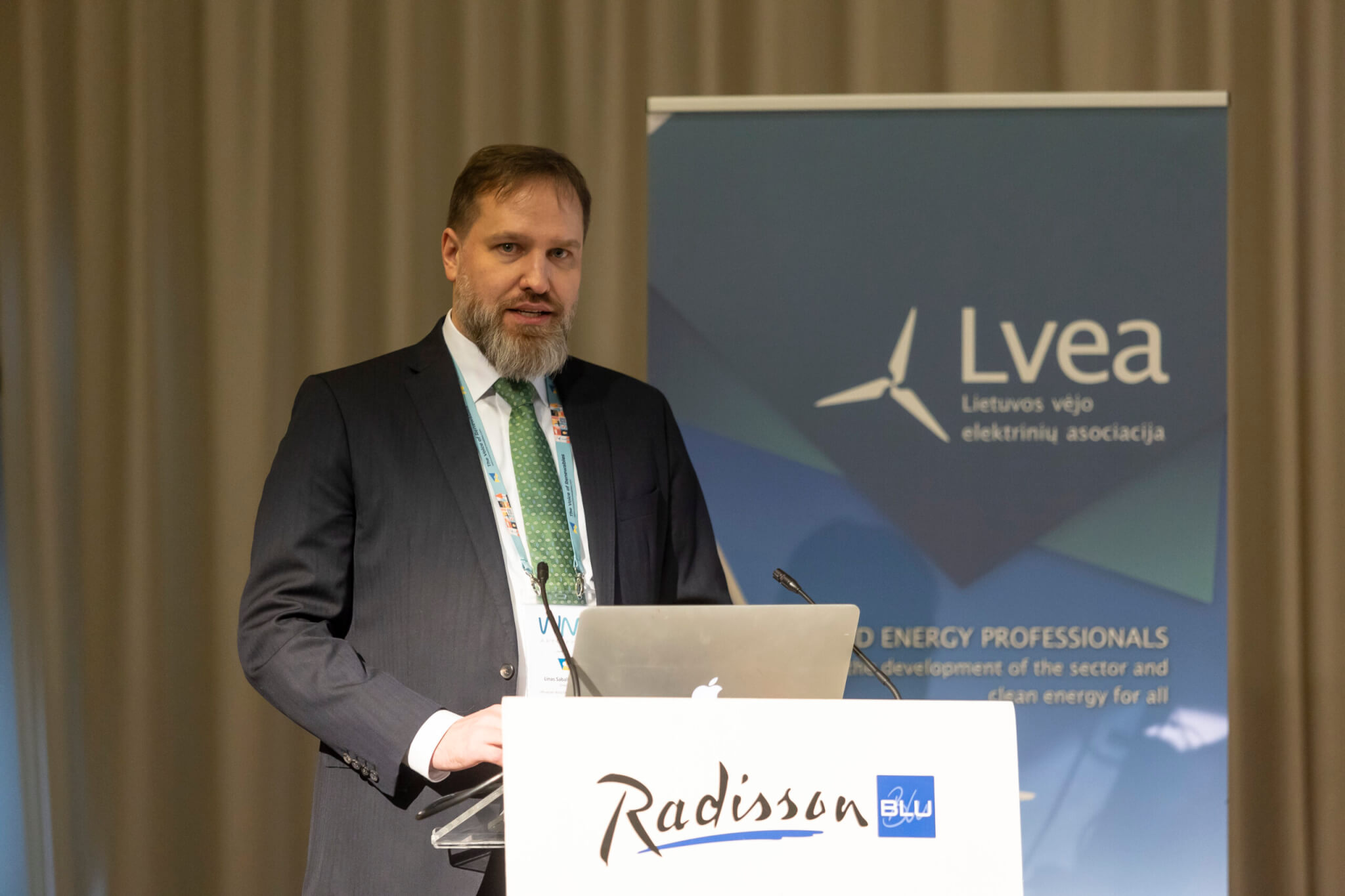

The first 700 megawatt (MW) wind farm would be developed on 15 hectares of the Baltic Sea and would be operational by 2030. It is estimated that a wind farm of this size would generate up to 3 terawatt hours (TWh) of electricity per year, which would provide up to a quarter of Lithuania’s electricity demand.
Lithuania’s plans have already been approved by the Seimas for a second 700 MW wind farm in the Baltic Sea, which would be built without state support and would also increase the country’s electricity production by a quarter. In total, up to 1.4 gigawatts (GW) of electricity transmission networks have been reserved for the construction of the two offshore wind farms. According to wind energy experts, the estimated potential of the Baltic Sea is 4.5 GW.
However, the country’s first foray into offshore wind energy may face a number of challenges, which will be discussed on 26-27 January. The fourth international wind energy conference “WINDMission Lithuania 2023” in Vilnius brought together business representatives to discuss the topic.
Supply chain disruptions may be inevitable
Preparations for the auction of the first offshore wind farm in the Baltic Sea are currently underway, including seabed surveys and an environmental impact assessment report. According to businesses planning to participate in the auction, the preparation phase is crucial not only to make a better bid, but also to hedge against potential risks.
“The more validated data we have, the better we can prepare our bid for the auction. Consultations are ongoing and the further we go, the more specific questions everyone has. This includes not only technical data, but also documentation and compliance,” said Anu Eslas, Vice President for Offshore Wind Development in the Baltics at RWE Renewables, during the panel discussion.
Thierry Aelens, head of Ignitis Renewables, an international green energy company, echoed her: “In addition to the work that is already underway, the wind farm developers themselves need to get involved. It is important to understand that the winning bidder must be ready to start work immediately in order to be able to complete the project within the timeframe.”
The winner of the first auction will be announced in early 2024. The wind farm in the Baltic Sea will take 3 years to design and obtain construction permits, and a second year to build the park, in order to start generating electricity by 2030. However, the expectation is for the park to start much sooner – by 2028.
“The development of an offshore wind farm is a very complex project as unforeseen challenges, such as supply chain disruptions, can arise at any time. Even the best plan cannot protect against this, so we would now consider 2030 as a much more realistic target,” says Aelens.
According to wind energy developers, supply chain disruptions are already one of the main challenges for renewable energy, with orders for new power plants and the components needed for them being placed almost 3 years in advance. However, until it is known which plants will be available for construction in the Baltic Sea, no developer can order them in advance and thus hedge against fleet delays. Especially as most of the planned wind power projects are scheduled for the second half of this decade – the whole of Europe could face supply chain disruptions.
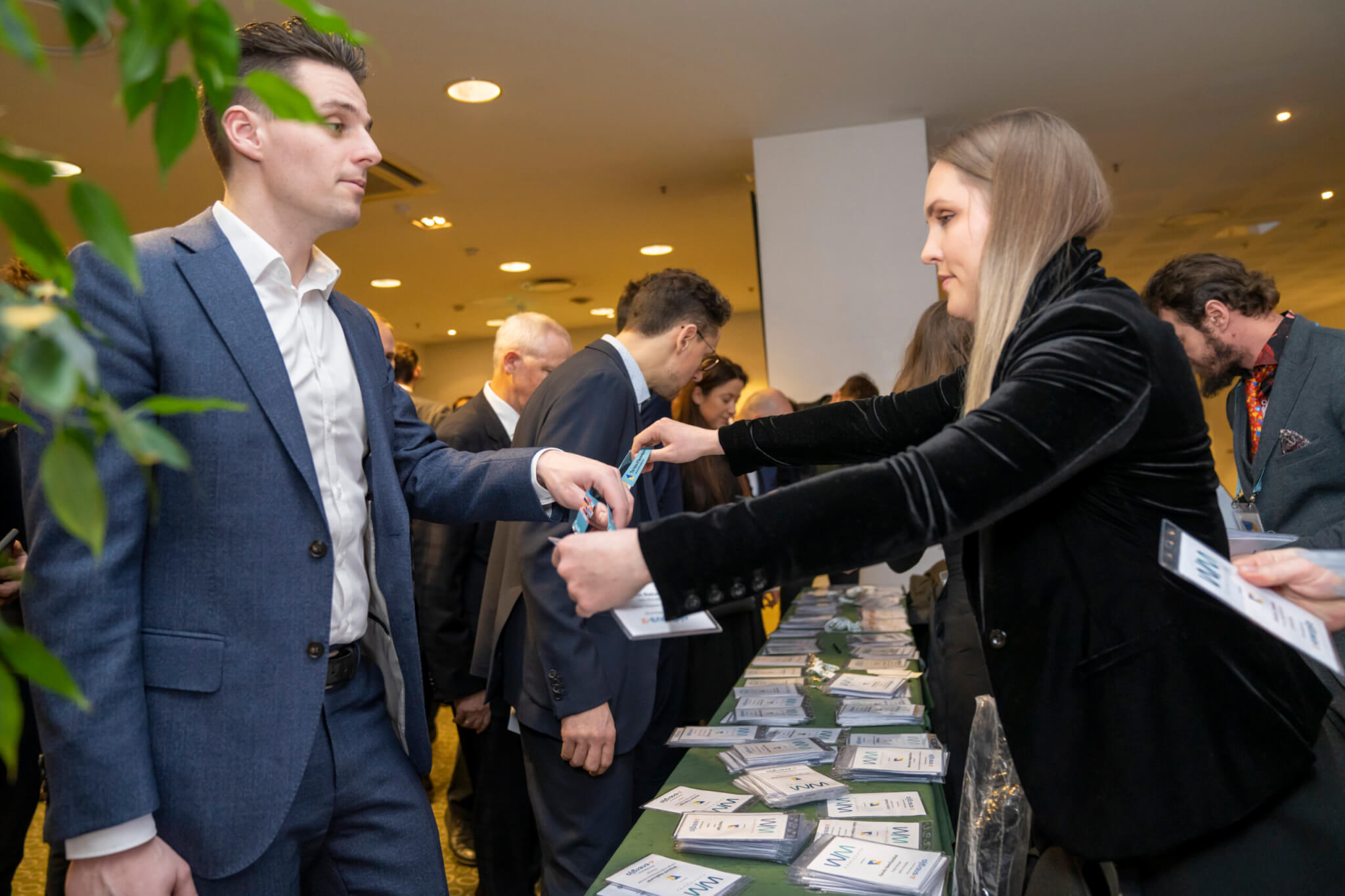
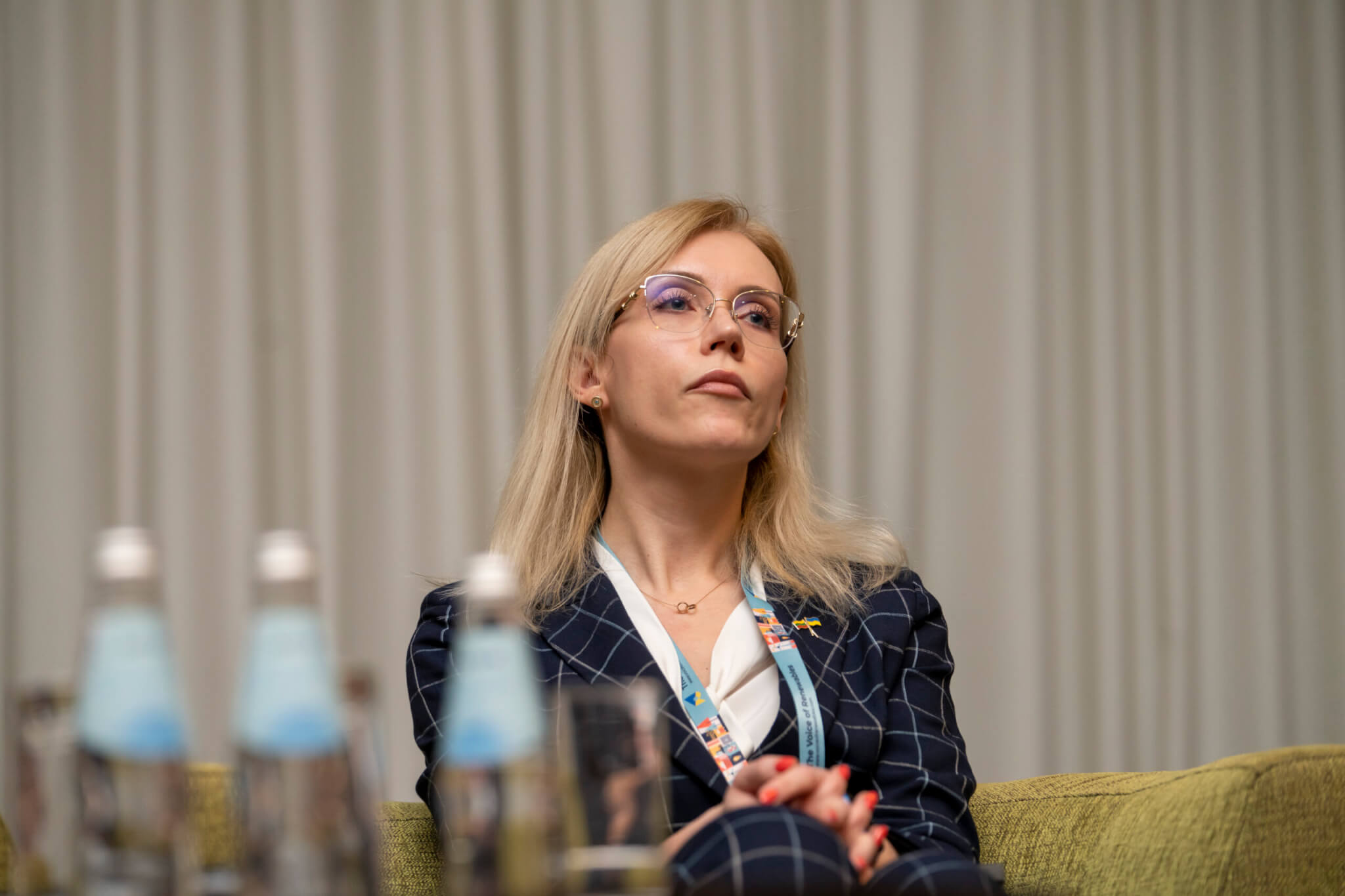

The second wind farm is still viewed with caution
The second wind park, which is to be developed at a much faster pace by private developers, without state support – the winner of the auction would have to pay a development fee to the national budget – could also pose challenges. The initial bid should be at least €5 million.
According to Rytis Kėvelaitis, CEO of Energy Unlimited, who took part in the panel discussion, the bigger obstacle for wind park developers is not the €5 million, but the technical side of developing a wind park – the design, environmental impact assessment and construction permits to be obtained after the winning bid: “Taking on a project in a place where no wind park has ever been developed before is a big risk”.
“According to Ms Eslas of RWE Renewables, if a second offshore wind farm is to be undertaken, the preparatory work should be started now, without waiting for the first auction to start, as both the communication with stakeholders and the environmental impact assessment analysis are very time-consuming.
“The preparation of the Klaipėda Seaport for the development of wind energy in the Baltic Sea is also important. We are seeing positive signs, and we hope that Lithuania will have no problems in preparing the necessary infrastructure in time for the development of both the first and the second wind farm,” said Jacek Czak, project manager for offshore wind farms at Polish energy company Polenergia.
Energy companies Ignitis Group, Green Genius, Orlen and Orlen Lietuva have already announced their intention to participate in the auction for the first park. Danish renewable energy company Orsted, Lithuanian Achema Group, Germany’s RWE Reneables, the Netherlands’ Van Oord and its Saare Wind Energy are also interested in the wind park.
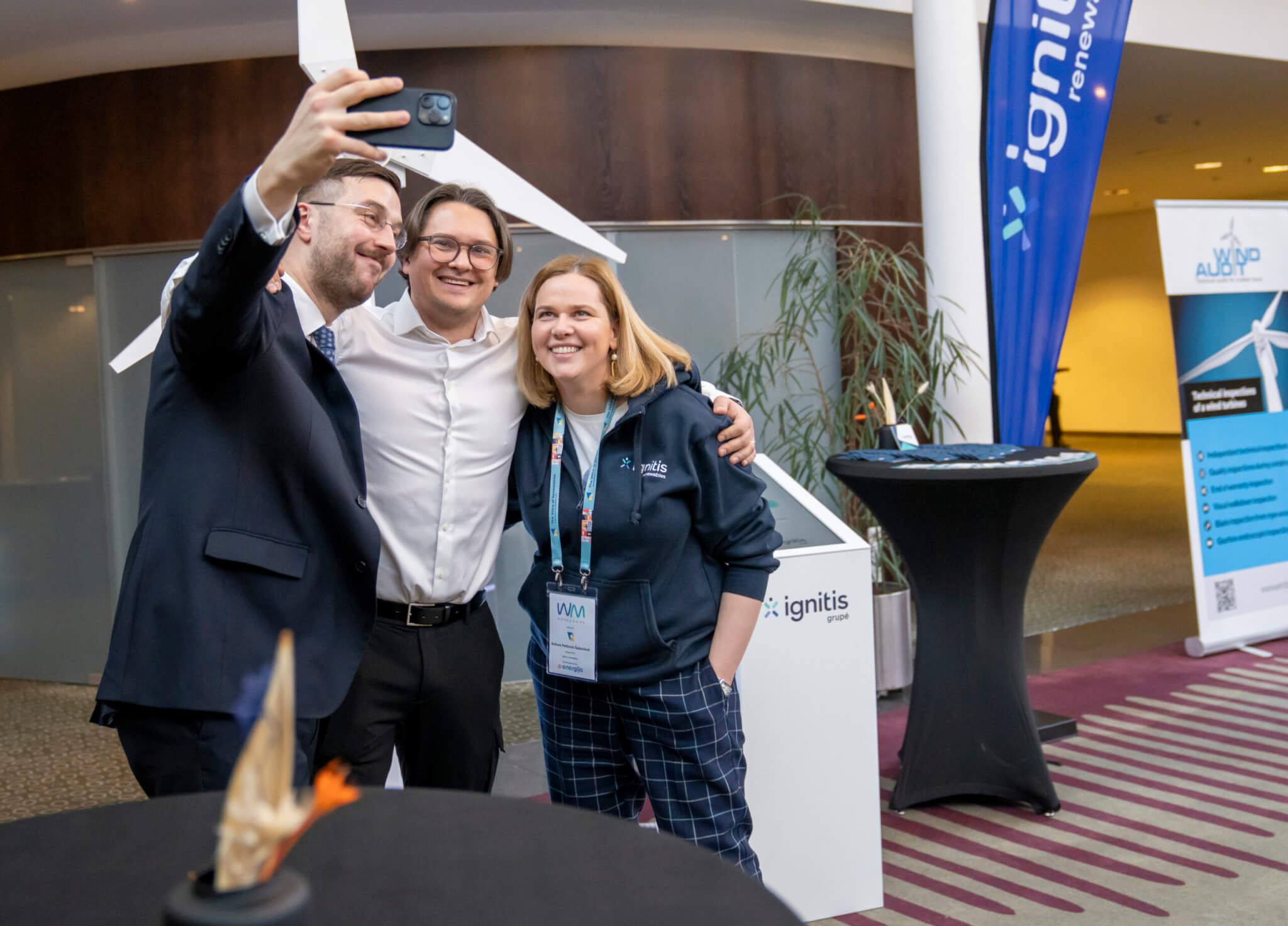
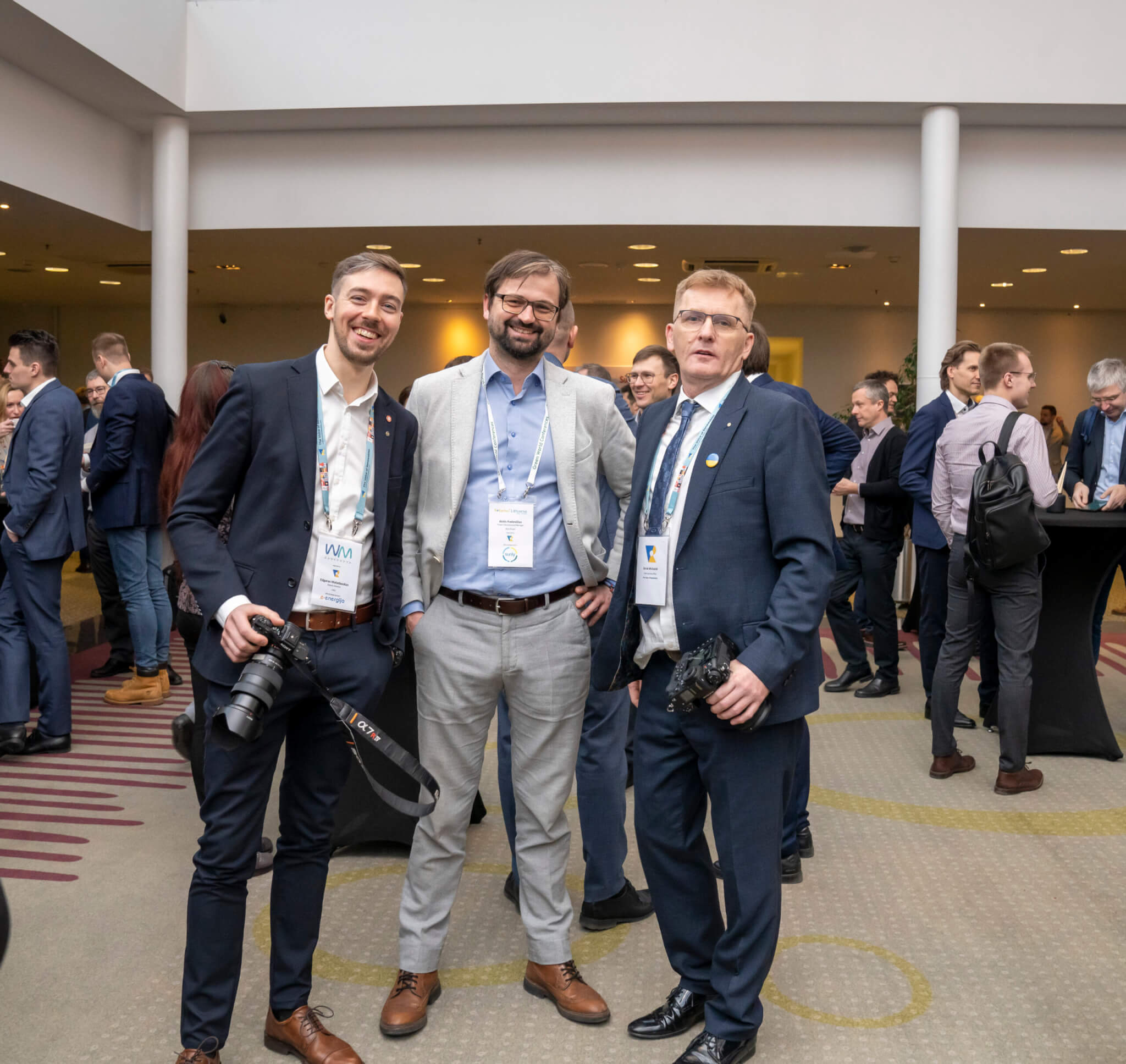
Post a comment
You must be logged in to post a comment.


